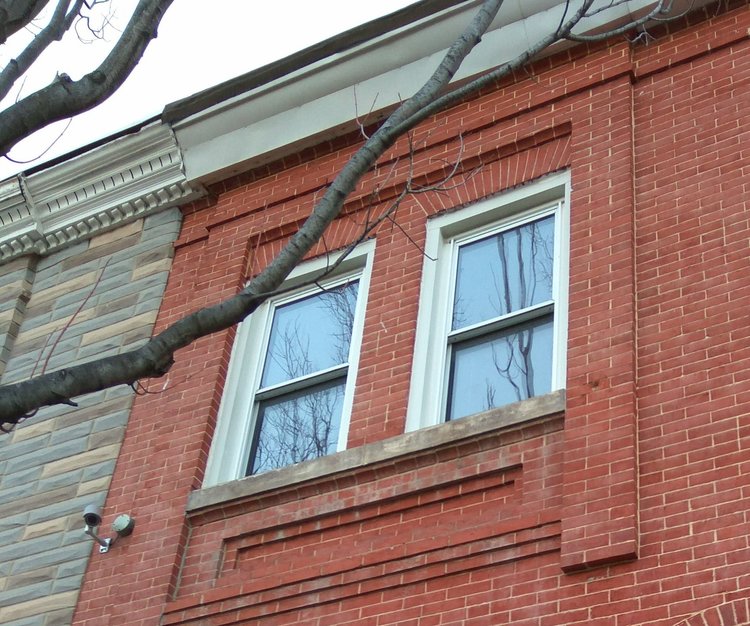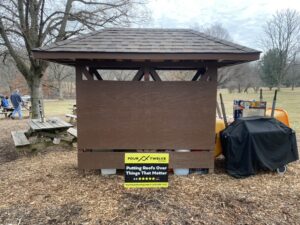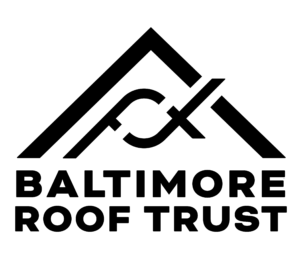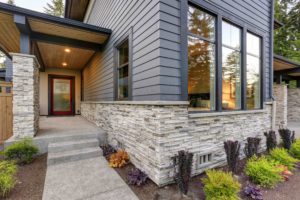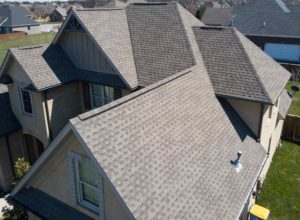[vc_row][vc_column][vc_column_text]
Brickwork is something special in Baltimore City. Throughout the building boom that took place in Baltimore City in the late 1800s and early 1900s, most homes were built from brick. The majority of these rowhomes still stand today. The homes we are building at 1600 Barclay will be built in homage to the the historical architecture of this city.
In order to make our brick facades most authentic, we went and walked the block of 1600 Barclay St, in search of the oldest home with the most original architectural details. While all the homes appear quite similar, one home stood out as the oldest on the block.
[/vc_column_text][/vc_column][/vc_row][vc_row][vc_column][vc_media_grid element_width=”6″ grid_id=”vc_gid:1527641297574-86c2f5bd-5784-0″ include=”2343,2344″][/vc_column][/vc_row][vc_row][vc_column][vc_column_text]
While some rowhomes are built exclusively with standard bricks of 2-1/4” x 7-5/8” dimensions, the original homes on our block were built using a variety of shaped bricks – not just standard ones. Looking at the facade above, you can see all the specialty bricks that went into the construction of the building – arched bricks around the 1st floor doorway and windows, jack-arch bricks above the second story windows and cove bricks tucked in the recess above the jack-arch bricks.
Below is a photo of our brick order containing all these specialty bricks, in preparation for our install.
[/vc_column_text][/vc_column][/vc_row][vc_row][vc_column][vc_single_image image=”2342″ img_size=”full”][/vc_column][/vc_row][vc_row][vc_column][vc_column_text]
During the course of excavating our site at 1600 Barclay, we found a number of these specialty bricks buried in the ground – an indicator that the homes which originally existed on our plot were similar to the homes we are replicating in our design today.
Here are some photos of the bricks we dug up on our plot of land, side by side with the new bricks we had fabricated for the build-out of 1600 Barclay.
[/vc_column_text][/vc_column][/vc_row][vc_row][vc_column][vc_media_grid element_width=”6″ grid_id=”vc_gid:1527641297588-e58b7286-5932-4″ include=”2340,2341″][/vc_column][/vc_row][vc_row][vc_column][vc_column_text]
Earlier this week, our masons began laying brick and when they’re complete, these homes will have all the similarities of their brethren down the street. One of the beauties of matching historical architecture is preserving the stories of the artists and craftsmen who originally built this city. In Baltimore rowhome construction, home developers were always trying new styles and nuanced elements to differentiate their homes from other ones in town. That is why rowhomes on 29th St next to Papermoon Diner, have green ceramic shingles and a sunroom. Meanwhile, homes in Federal Hill are made of old brick, thick grout joints and oftentimes come in small sizes. Each neighborhood was built by a group with their own unique style.
Seeing as this is our time, we at Four Twelve have been enjoying adding our own details to these homes.
[/vc_column_text][/vc_column][/vc_row][vc_row][vc_column][vc_single_image image=”2339″ img_size=”full”][/vc_column][/vc_row][vc_row][vc_column][vc_column_text]
As the bricks go up, on the facade of our first home, we decided to get a stoneworker to etch the house number in a slab of polished marble. This is a detail that has been used on old homes before, and one that we wanted to bake into the homes we are creating now. A nice use of old and new techniques, to create a product that is uniquely Four Twelve.
[/vc_column_text][/vc_column][/vc_row][vc_row][vc_column][vc_column_text]Contact your local Baltimore Roofing Specialists today![/vc_column_text][/vc_column][/vc_row]

